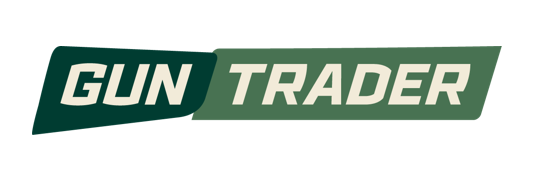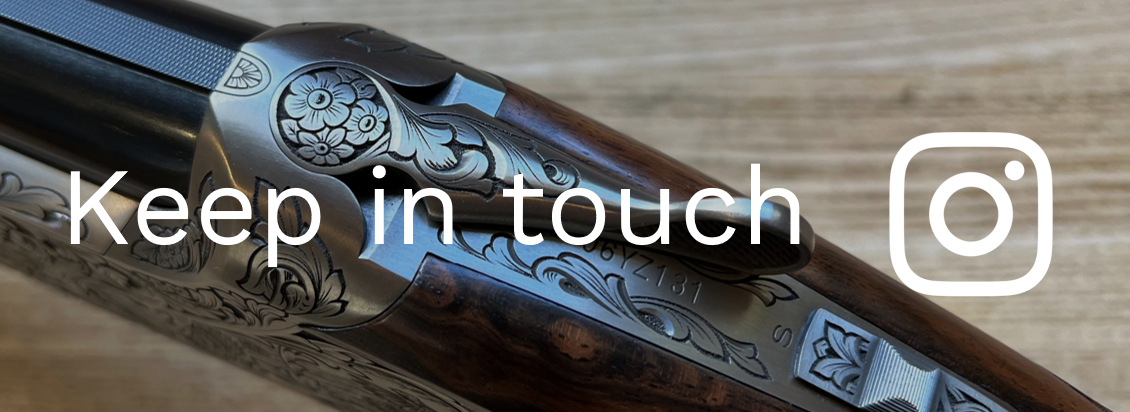

The AYA No.2 Sidelock is greatly known for its reliability and great handling in the field, however, this gun is also one of our first side-by-side guns to review!
Not only did this brand set out to build a gun with incredible attention to detail, but they also worked hard to ensure this gun would do its absolute job for its owner.

Specifications
Make – AYA
Model – #2 Sidelock
Calibre – 12 Gauge
Mechanism – Side by Side
Barrel – 28”
Chokes – Multi- Teague, Multi- Teague

Dealer Feedback
Craig Hartley – Gunroom Manager at Barbury Gunroom
If you walk into any gun dealer in the U.K and ask for a sensibly priced, reliable, side lock side by side… there’s a very strong chance they would recommend an AYA No.2!
Aguirre Y Aranzabal or AYA for short have been producing shotguns out of Spain since 1915 and are still going strong today. The No.2 was introduced to the range in the 1950s and is still their most popular model to date. These guns are heavily ‘English influenced’ in their styling and are scroll engraved, colour case hardened, and receive AYAs chopper lump barrels which have braised ribs rather than soldered so are normally very durable and not prone to lifting. Barrel specs vary from 25”-30” as a rule with 28” being the most common. New now, these guns are circa £13,000 but the second market ranges from £800 for a tired one and around the £1500-2500 mark for a tidy example. A staple in the game field and a must have if looking for a traditional game gun.

Gunsmith Feedback
Tom Hickman – Gunsmith at J. Roberts & Son
What are the three main things that tend to go wrong with these guns? And why?
To be honest, these guns are very reliable. The thing most likely to go would be a firing pin or main spring after a lot of use, this is because the safety springs can go a bit soggy leading to the gun flying on safe, and the first shot and the trigger pulls can become light after a lot of shooting.
What should a buyer look for when looking at this gun?
A buyer should look for worn smooth chequering, as it’ll show it’s had a hard life or certainly a well-used life!
Cracks behind the lock plates and rust or heavy dirt at the top of the triggers, this will show it’s not been stripped and cleaned recently.
As well as stock length, they’re often short. and the
Finally the barrel length, they made lots with 26” barrels which will essentially do the same thing as 30” but they’re not flavour of the month, so this would be reflected in the sale price, these guns are perfect for walked-up shooting.

What is your overall opinion on the design and mechanisms that make this gun?
I think they’re fantastic, they’re a basic copy of Holland and Holland’s Southgate system, tried and tested, and one of the best in my opinion. Easy to work on, the spares are plentiful although most parts need gunsmith fitting as they come in as rough machined parts. My only criticism is that the steel is quite soft so the important hard areas like trigger sears don’t hold their trigger pulls as crisply as long as most English guns.
What advice would you give to buyers looking to buy this gun? Or people that have one in their cabinet other than the usual cleaning advice?
These guns are a great choice for a main gun or a backup gun for a game shooter. We sell a good amount of them per year. It’s very important with side by sides to have them correctly fitted, because it’s very easy to feel like you’re central on the rib and in truth be a 1/4 inch off and not notice as it’s not a single plain of vision like an O/U.
Most of these come with a 70mm chamber and would be suitable with the correct choking and barrel wall thickness for the future with steel shot coming in. Which is a very strong positive point.

Do you think this gun is fairly priced for what it offers you as a shooter?
I think these guns are excellent value for money, they look the part on any shoot day, and function as well as any best gun but are a fraction of the cost. Side by sides have never been more obtainable, there is something very satisfying about shooting and shooting well with one. We sell lots to people who just fancy one and end up shooting them more than they expect as they feel more traditional and like lightness.

Shooter Feedback
Mike Bumford
My family was recently given a selection of shotguns by a friend of my father’s prior to his passing away, including a rather nice AYA #2 Sidelock 16 bore (with receipt from William Powell, dated 1998). I typically favour a heavy 32-inch barrel 12 bore over and under for the swing, but my father and brother had no interest in shooting the side-by-side and I thought it was a shame for it to sit in the cabinet not being used. I had only shot a side-by-side once, straightening a stand using a friend’s gun at a university clay shoot several years before, so thought why not see if that success could be replicated with this AYA!
While my gun does not have the most attractive of wood (very straight grain, it could do with a stock refurb really to bring the grain out more), the colour case hardening on the scrollwork more than makes up for this, they are beautifully made guns. I like the lightness of the gun in the hand, and it is very quick to mount and swing – perfect for walked-up days! My father’s late friend predominantly used the gun for partridge shooting and I can see why, being quick and light it feels like it was made to shoot partridge!
Being used to a slow, heavy gun that swings through, the weight and agility of the 28-inch barrels on a 16-bore took some getting used to, resulting in some initial misses in front! But once I had put a few shells through and settled in with it, I really enjoyed shooting it and was pleased with the way it performed. After shooting it for a couple of days to see how I got on with it, I felt it was coming up a bit short, so I had a rubber pad fitted to lengthen the stock. We suspected it might need casting too, but once the pad was on it fitted perfectly, thanks to the guidance and fitting from the chaps at Barbury Shooting School.
As with any gun, regular servicing is key, particularly one nearing 30 years old! As the grip and tang are not particularly thick on the AYAs, regular close inspections are needed to make sure no hairline cracks are forming – if any are spotted get the gun into your gunsmith ASAP! One thing to bear in mind is that my gun is fixed choke half and full, therefore if/when transitioning to standard steel shot (obviously these older models are not HP steel proof), I will need to have the full choke bored out to half, or both bored out to a quarter (bearing in mind steel will shoot to half a choke tighter).
Overall, I really enjoy shooting my AYA #2, particularly on walked-up days! For higher bird and late season days I would still favour my Caesar Guerini Magnus Sporter with 32-inch barrels, which is a bit of a lump but swings through well, however for partridge and early season pheasant days I would say the AYA is the perfect peg partner – quick to handle, light to carry and with a surprising range if you point it in the right place!

Thank you to Purdey at the Royal Berkshire Shooting School for allowing us to take these beautiful images for this review!


Leave a Reply